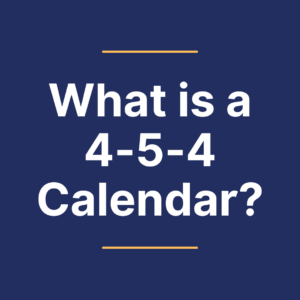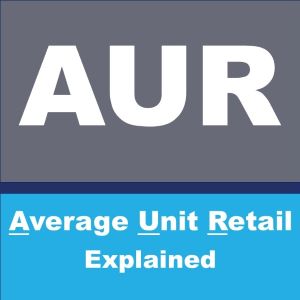PBI stands for Promotional Base Index.
You know that DDs are about deseasonalized demand – what you would expect to sell, all things being equal. One of the times that things aren’t all equal is when you have a promotion going on.
The point of creating a promotion is to get consumers to buy more. You might be doing a strategic markdown to avoid having too much seasonal product on hand at the end of the season, you might be introducing new products to consumers by tempting them with a great price, or you might just want to jolt your customers out of their usual buying patterns.
You can expect consumers to buy more… but you need to know how much more. You don’t want to run out and lose potential sales or alienate customers who have come in expecting to buy your specially priced item, but you also don’t want a lot of product left over when the promotion ends.
A promotional base index gives you a percentage by which to multiply the DD, in order to reach the correct number of items to have on hand.
So, if your DD is 10 and you expect to sell 16 during your promotion, your PBI is 1.6.
Where does the PBI come from? Not from pulling a number (like 16) out of the air and expecting to sell that number. The PBI is not a goal, but a prediction. It must be based on previous iterations of the same or similar promotions with the same or similar products. Your replenishment manager uses tools for this calculation, and if you want to make a case for changing their PBI, you must be prepared with strong data.
PBIs can be used for holidays as well as promotional events.




